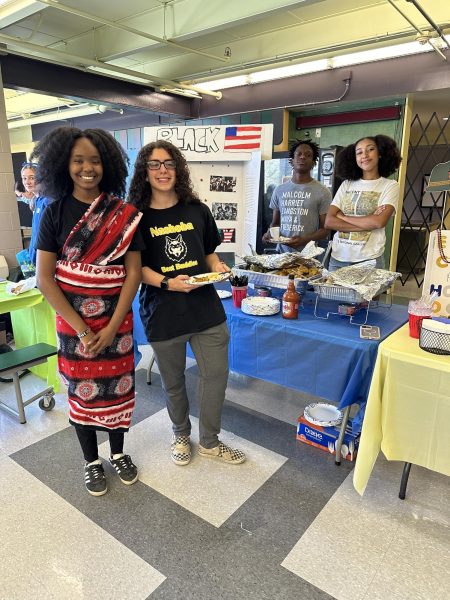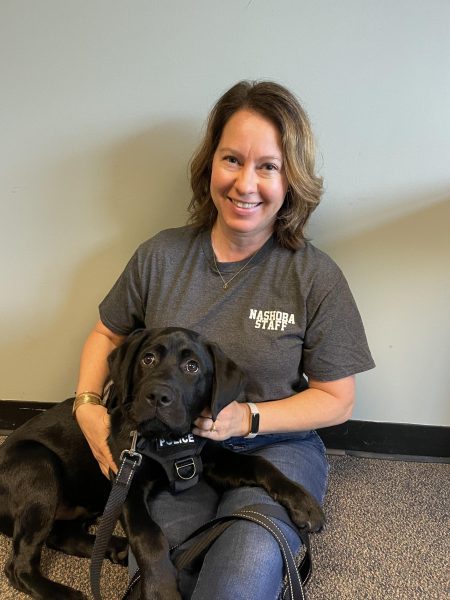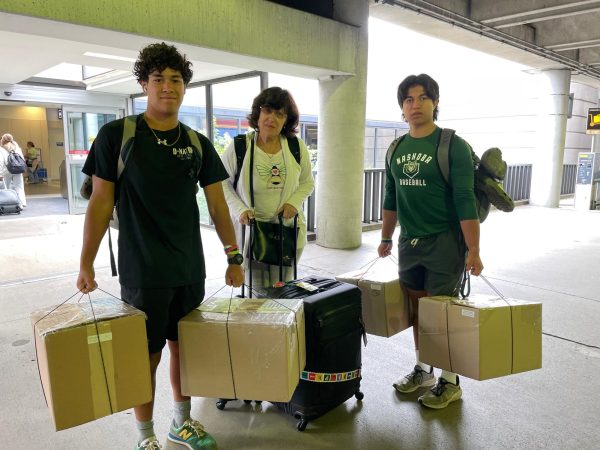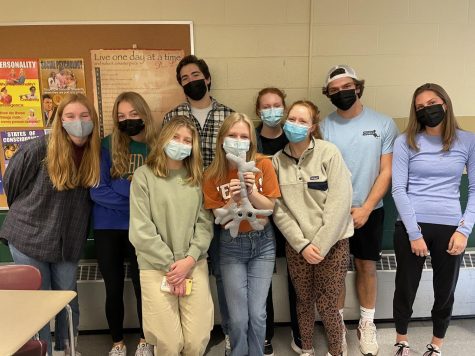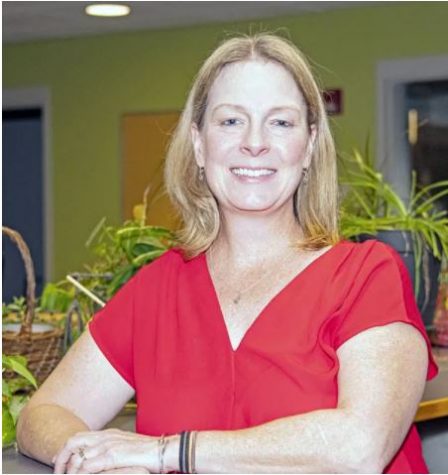A Teacher’s Perspective on Remote Learning
As students and individuals within the Nashoba community, we are all attempting to adapt to the unpredictability of our current learning environment. However, we all know what it is like to be a student right now- we are living it, we eat, sleep, and breathe it, we are reminded of it each time we hear the words “synchronous” and “asynchronous.” But how does it feel to be on the other side of the screen? How are our teachers coping with empty halls overflowing with the absence of students?
In order to answer at least a few of the endless questions that all students may currently have, I spoke to Mrs. Bailey, one of the English teachers in the building. If you have Mrs. Bailey as a teacher this year, you will note that she has an enthusiastic presence, even virtually, but also struggles with technology quite a bit.
When describing her favorite part of being able to teach remotely from Nashoba, she did not include getting to work with technology everyday. However, she did note that the energy in the building everyday is what keeps her motivated to join Google Meet after Google Meet, as each of her colleagues is working tirelessly to provide some form of “normal” for their students.
Each of the teachers, administrators, and staff members within the halls of Nashoba are using one another’s ideas and enthusiasm to find new ways to think and teach creatively despite the circumstances.
We cannot deny the fact that the energy in the building must be completely different though, as desks and chairs remain mostly unused day after day, and lockers act as nothing more than placeholders for our eventual return.
Mrs. Bailey feels as though the lack of eye contact could be one of the most unusual parts of remote learning. She stated that “You never really recognize how critical eye contact is when you are in an engaged conversation. We communicate with both our voices and our facial features, and virtual learning definitely forces us to change and adapt the way we use body language and facial expressions to communicate.” It is these minute details that we seemed to have taken for granted pre-quarantine, as eye contact was not so much as an afterthought before we were wearing masks and speaking to our computer screens.
But how does teaching from the building, in an actual classroom, compare to teaching from home? Mrs. Bailey prefers being able to teach within the school environment, as she notes that she is “a person who thrives on social interaction.” She prefers group settings where collaboration is accessible and encouraged, and has had a hard time adjusting to the idea of distance separating her, her students, and her colleagues.
Despite the challenges, Mrs. Bailey still manages to feel completely and utterly grateful for her students each day. By showing up, turning our cameras on, and smiling, we are showing our teachers that we are present, that we are managing to put aside our personal tribulations and come to class, and she “could not ask for anything more.”
She also stated that, “though each day seems to bring new, uncharted territory, students are adapting and developing a variety of skills, such as independence, self reliance, time management, and managing distractions, many of which would not usually be utilized until college.”
Mrs. Bailey wanted to emphasize the idea that although she “want[s] nothing more than to have [students] here, it is clearly not feasible at the moment we are in right now. And maybe perhaps this very challenging time is building skills in our students that we’ve never had the opportunity to build before. I feel like the luckiest person to teach in this school district.”


